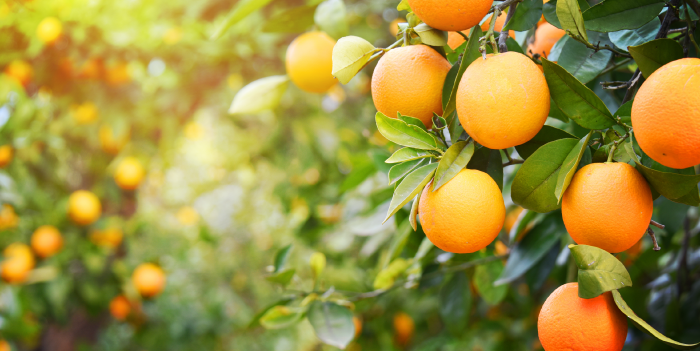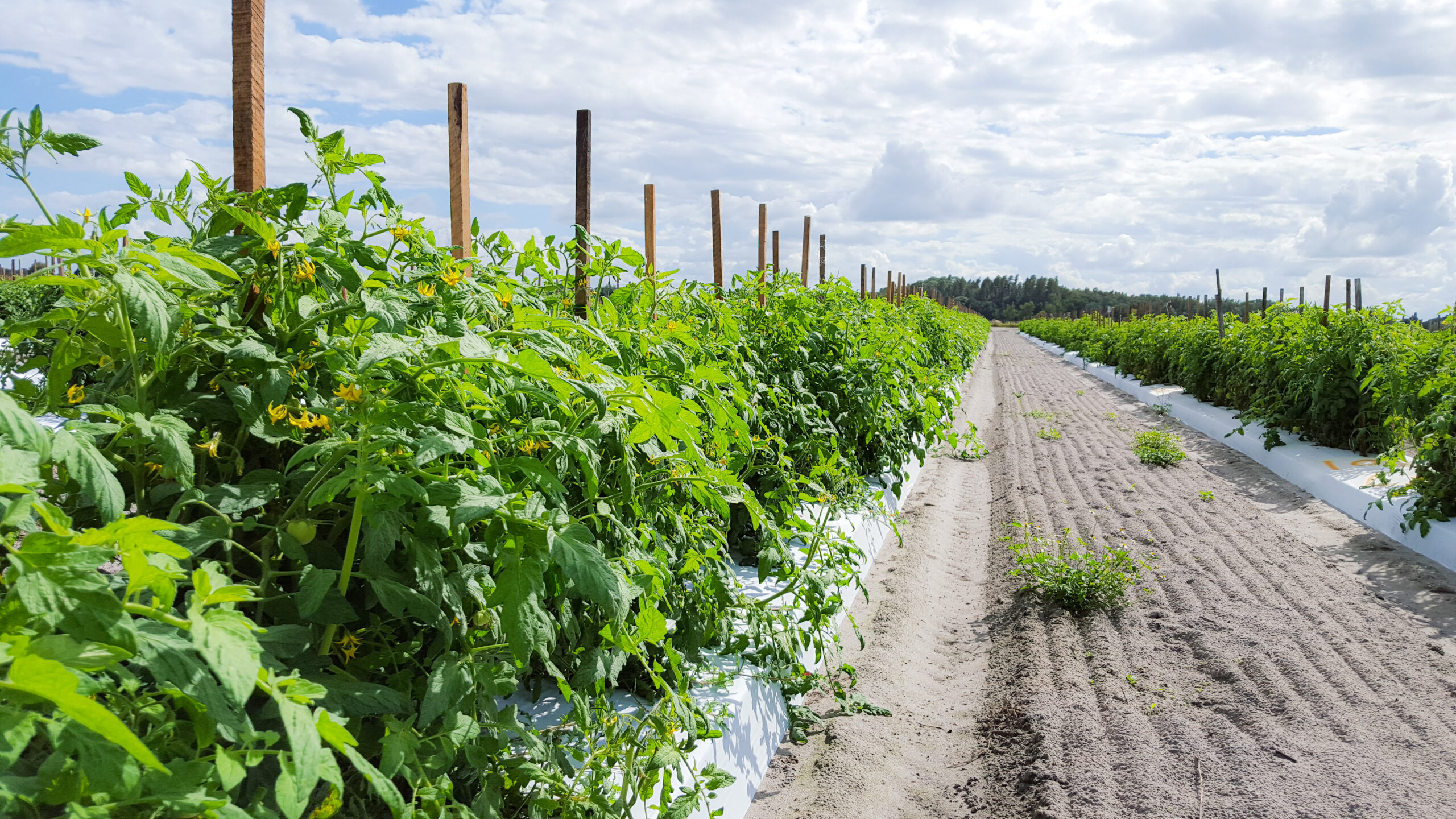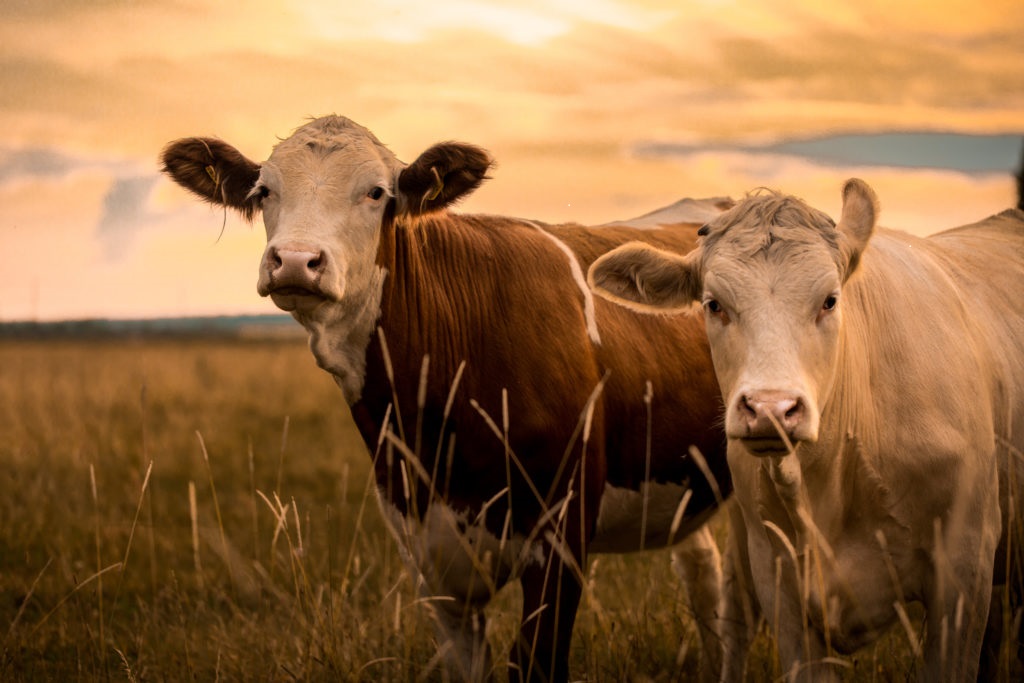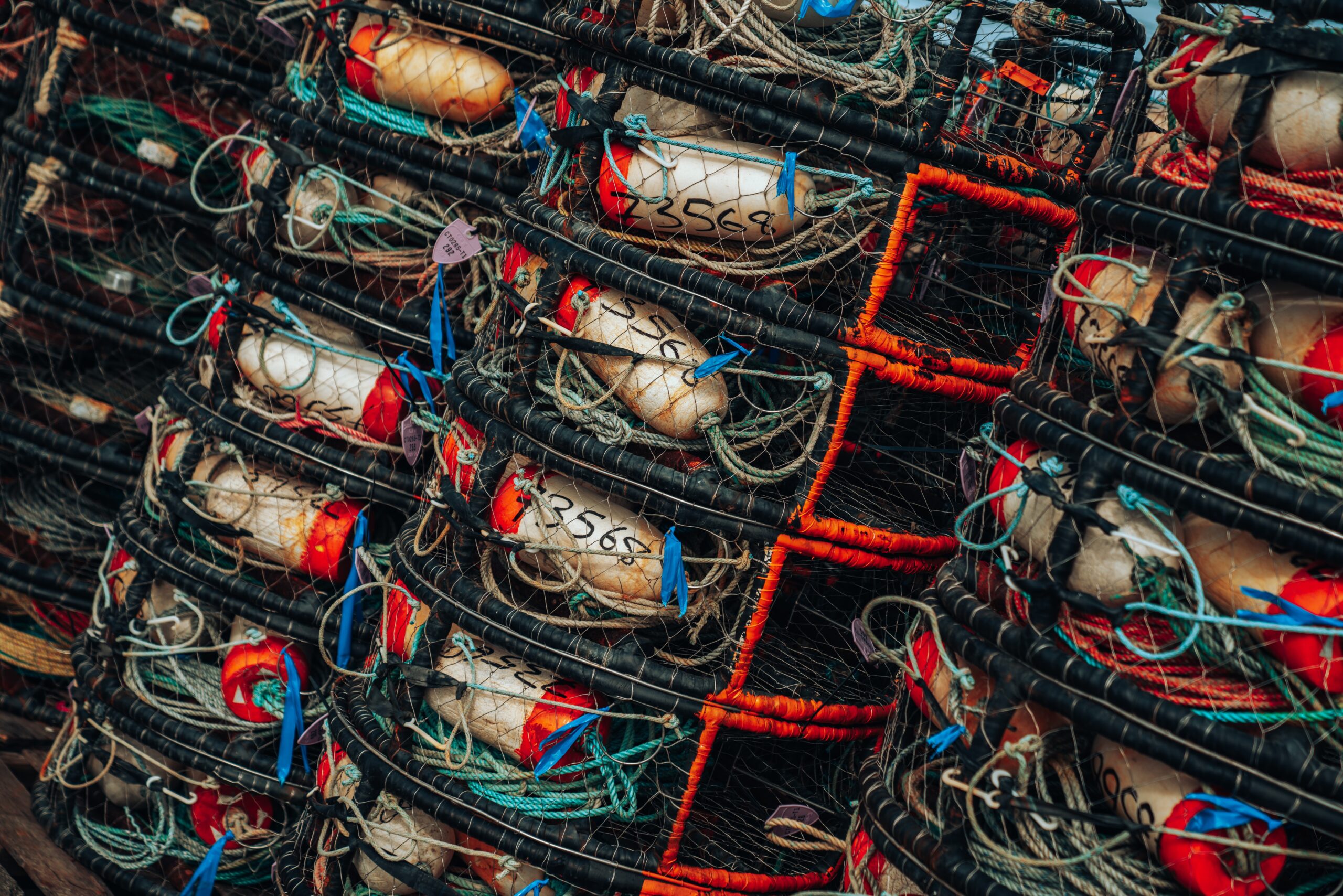About Manatee County Agriculture
Agriculture has always been, and continues to be, a major contributor to the economy of Manatee County. More than 220,000 acres in Manatee County are now in production agriculture – including crops, pastureland, citrus, and nursery. Approximately 750 farms call Manatee County home. Statistics indicate that 211 farms hire approximately 7,700 workers to assist with their farming operations With the average age of operation owners being 59, it is becoming more important for youth to learn the importance of and become involved in agriculture.
Agriculture here, in Manatee County, is not only large and diverse, but is carried out in one of the most complex areas in the nation, with an abundance of pest, environmental and weather problems, increasing urbanization, foreign competition, along with state and federal rules and regulations. University of Florida / IFAS Extension continues to interact and conduct research trials with county farmers and ranchers to find solutions to the areas environmental and cultural issues.
Manatee County continues to lose agricultural land, as it is being converted, for development and residential use to meet the housing needs of the approximately 403,000 people who call Manatee County home. In spite of these challenges, agriculture continues to thrive.
Citrus Production
Manatee County is seated in the western region of Florida which has the most orange acreage. As of August 2020, Manatee County has 13,205 citrus grove acres with approximately 1.8 million trees. Since the 1980s, growers have faced many threats such as unfavorable weather, the Med fly, citrus diseases (including citrus Canker and citrus Greening, also called HLB), highly variable fruit prices, and conversion of land from agriculture to urban use. Ongoing research done by the University of Florida has assisted growers in more efficiently managing their crops and providing alternative enterprises to assist in recovering some of their losses.
Manatee County citrus fruit is produced primarily for processing into juice or concentrate. Oranges comprise about 91% of the citrus crop grown in Florida; grapefruit makes up about 5%, and the remaining 4% are specialty fruits like tangerines, lemons, and limes. Citrus by-products, including citrus peel, are made into cattle feed, oils, flavors and essences. Manatee County is home to Tropicana, which is one of the state’s largest processors. Tropicana juice is sold around the world.

Vegetable Crop Production
Manatee County has the second largest acreage of agricultural land in Florida and we rank number 2 at vegetable production. Our farmers harvested 40,515 acres of vegetables (and fruits like melons and blueberries) according to the 2017 census. A large portion of our vegetable acreage (25,196) goes to the fresh market versus processing. Manatee County grows Florida’s top seven economic crops. The top vegetable crops are tomato, cucumbers, peppers, potatoes, green beans, sweet potatoes, and cabbage. Manatee County ranks #1 for tomato production. Hence the expression “Tomatoes are “king!” We had 29,136 acres grown during the 2017 season. Florida ranks number 1 for fresh market tomato production.
Historically, vegetable packinghouses were built along the rail lines as this was the primary method of transporting fresh tomatoes out of the county. Manatee County is home to 11 fruit and vegetable packinghouses. Packinghouses in Manatee County pack and ship everything from tomatoes, peppers, cucumbers, to watermelon and cantaloupe.

Ornamental Horticulture
Ornamental horticulture is a major component of the agriculture industry in Manatee County, ranking third behind vegetable crops and fruit production. The county ranks 15th in the state in market value of ornamentals with nursery stock and floriculture/foliage crops making up the bulk of ornamental commodities. Most nursery stock is grown on 2000 acres and is valued at over $19 million. Floriculture crops such as bedding plants, greenery, and foliage plants are mainly produced in greenhouses or other covered structures with sales estimated at nearly $13 million. The total value of ornamental horticulture including sod production in Manatee County is estimated to be $31.5 million. The total output sales by Florida nursery, landscape service firms and horticulture retailers is estimated at $21.08 billion and employees approximately 232,650 people. Florida leads the nation in sales of potted foliage for indoor use and hanging baskets.

Livestock and Forage Production
Manatee County utilizes approximately 60,928 acres in the livestock production business. Livestock enterprises consist of beef (cow-calf production), dairy, horses and other hobby animals. Horse farms comprise approximately 100 acres in Manatee County. Sheep, goats, swine and llamas are considered hobby livestock, primarily raised on ranchettes. We rank 14th in the state in number of beef cattle, producing 2.26 percent of the state’s beef cattle, with annual market receipts of over $8 million. The county ranks 7th in the state in dairy production with annual receipts of over $27.5 million. The estimated value of hobby livestock is over $562,000, bringing the total value of the livestock industry to over $36 million. This is not counting the value added economic contributions the livestock industry brings to Manatee County.
Feed production consists of semi- to well-improved pastures. Over 3,000 acres of hay and 2,500 acres of silage and haylage are produced each year.

Commercial Fishing and Seafood Aquaculture
Florida revenue from commercial marine fisheries exceeds $2 billion per year. Manatee County landings are among the highest in the state, and local fishermen harvest over 10 million pounds of seafood annually – a dockside value of over $11 million. Stone crab, grouper, snapper, mullet, and shrimp are among the species that contribute significantly to the fishing economy of Manatee County. We are home to one of the last true working waterfronts in Florida, and the historic Cortez fishing village has persevered through time to maintain its status as one of Florida’s most productive seafood communities.
Farmed seafood is also an important agricultural commodity. Florida aquaculture ranks 7th in domestic production, with annual sales of aquaculture products exceeding $70 million. Manatee County is an important producer of farmed bivalves and tropical fishes, and is home to one of the most successful shellfish hatcheries in the southeast. Hard clams, oysters, and sunray venus clams represent a few of the delicious aquaculture items produced in Manatee County.

